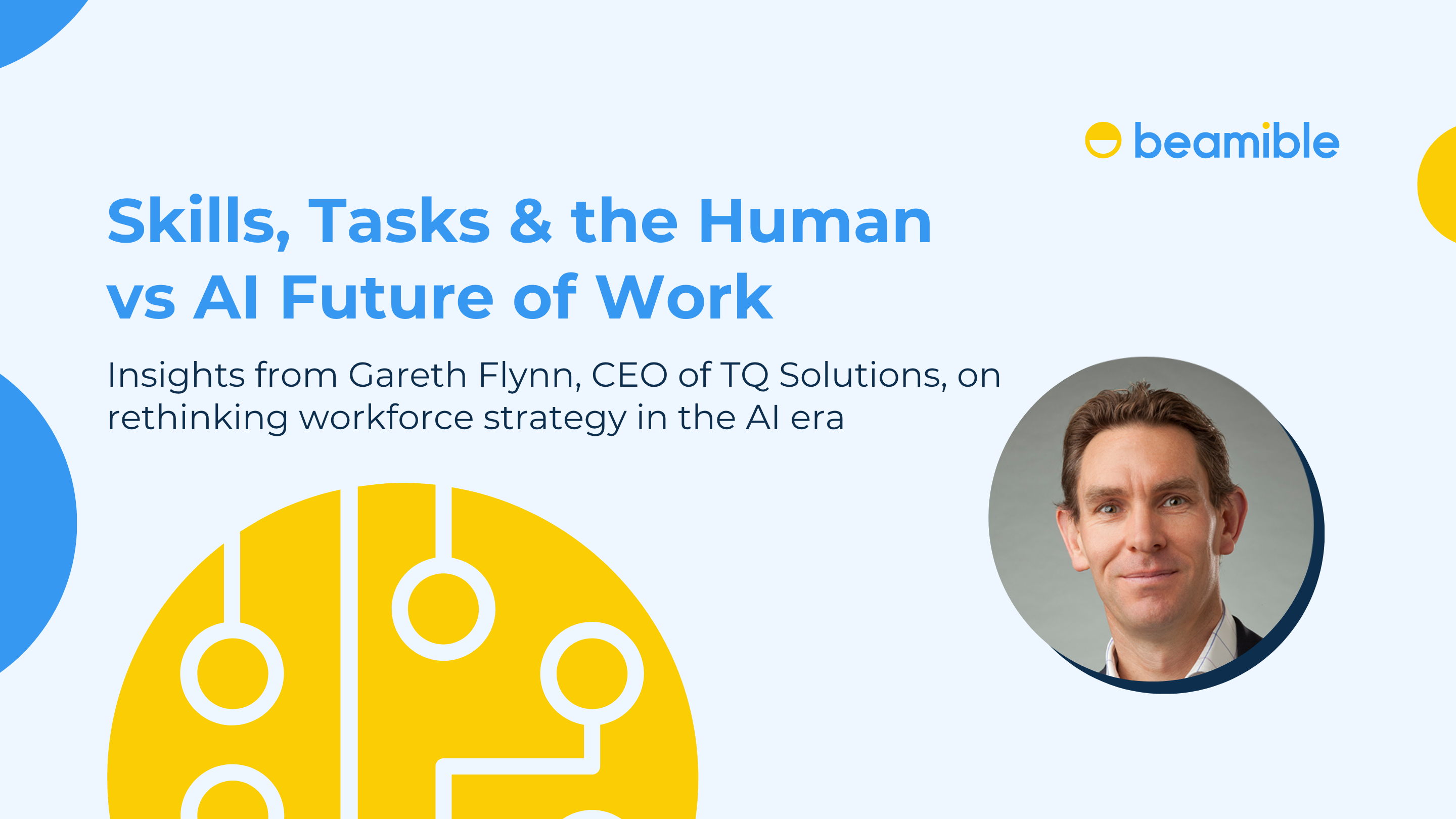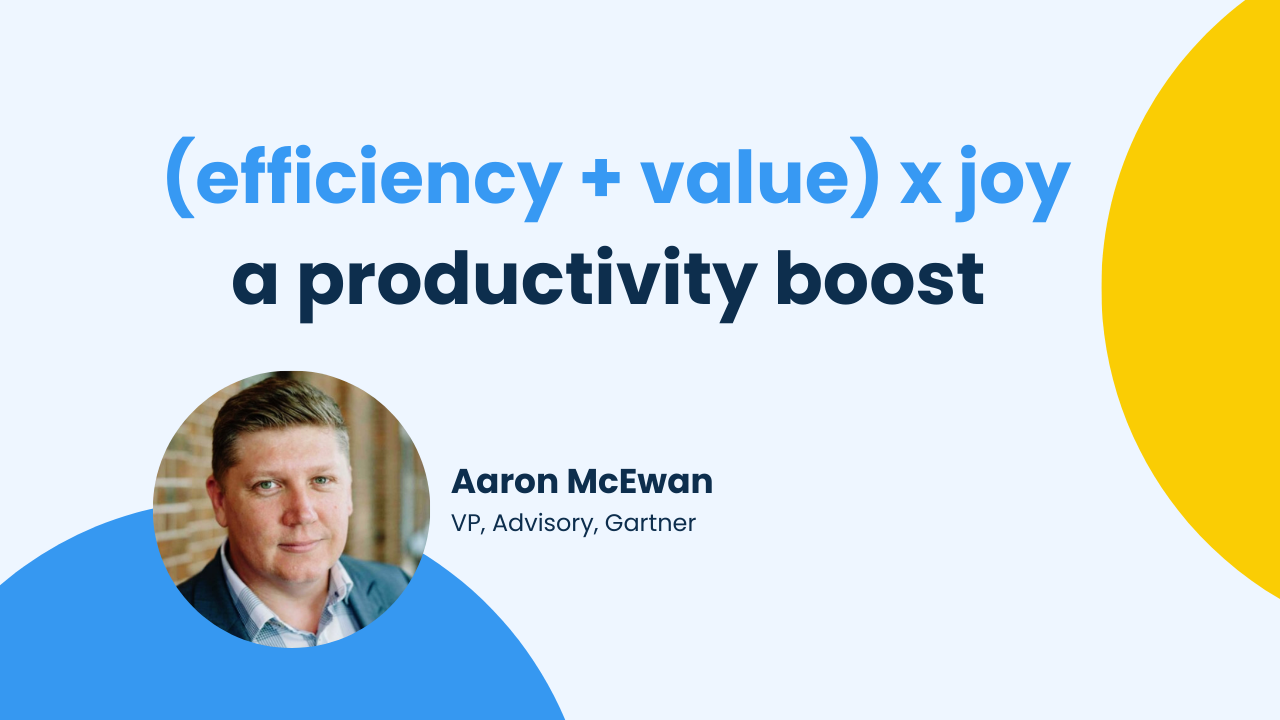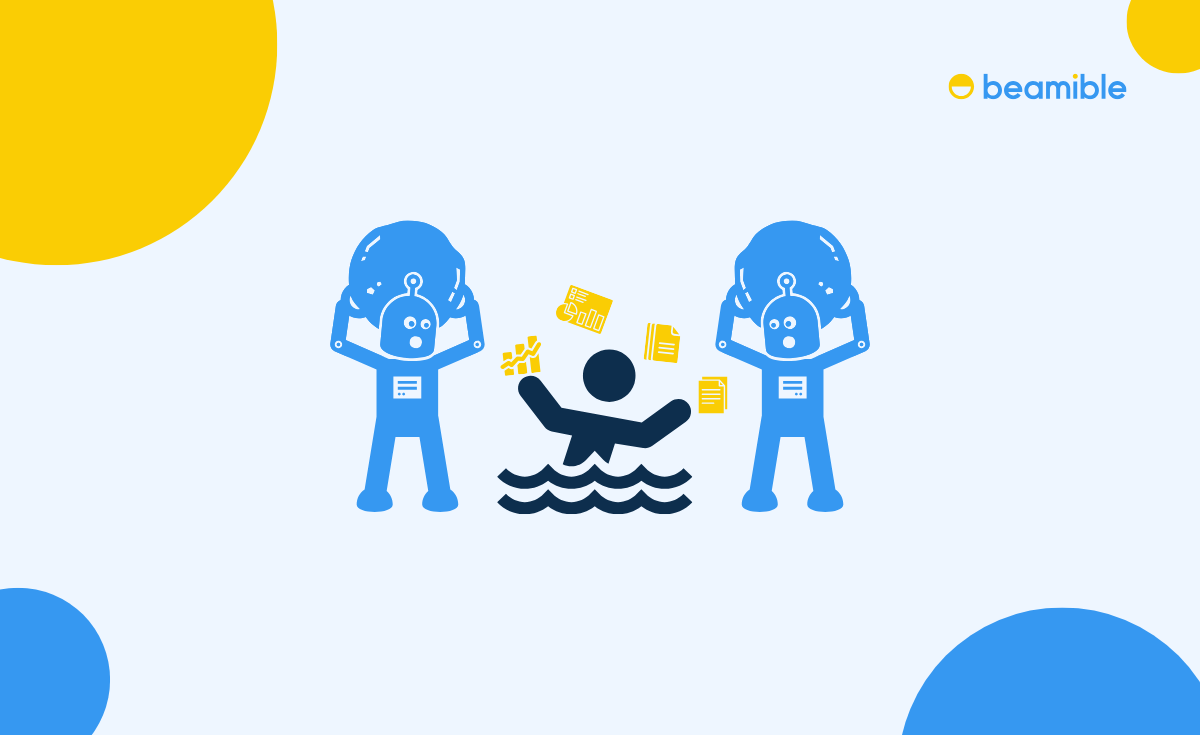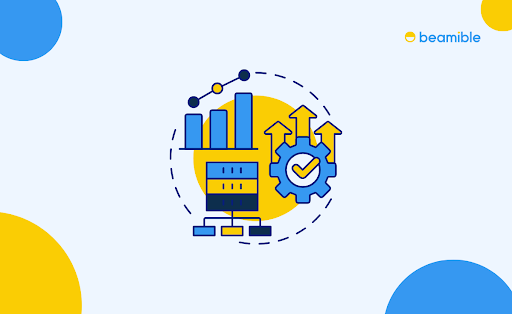Every now and then, you meet someone whose perspective genuinely makes you pause and think bigger. Gareth Flynn, CEO of TQ Solutions, is someone who’s spent the past few years travelling the globe and sharing the gospel of skills and tasks.
With a great deal of FOMO in missing a debate in Stockholm on skills v tasks between Gareth and Dart Lindsley (another future of work hero of mine), I thought I’d ask him all about it and record it on video so you can hear about it too. The Future Talent Summit 2025 in Stockholm, a gathering where over 200 policymakers, corporate executives, and university leaders from more than 40 countries come together to tackle the big questions:
- How is AI reshaping human potential?
- What skills will define the next decade?
- And how do we build systems that keep up?
Here’s what I learnt from our chat, about the risks, the opportunities, and the practical next steps for organisations getting ready for an AI-driven world.
Watch: The Full Conversation with Gareth Flynn
Want to hear directly from Gareth about what’s changing in workforce strategy, what’s coming next with AI, and how you can take practical steps?
Watch our full conversation below for real-world insights, lively debate, and clear advice on how to move forward:
Meeting Gareth Flynn: A Passion for Workforce Optimisation
Gareth leads TQ Solutions, a boutique consultancy that’s built its reputation on helping organisations navigate workforce change. But what really stands out about Gareth is his drive to go beyond the buzzwords. Workforce optimisation, for him, is about genuinely understanding how work is done, where value is created, and how teams can adapt in a world where human and digital work are increasingly intertwined.
Gareth and his team have spent years in talent strategy and the role tech plays in lifting the capability of the People function. He’s not afraid to challenge HR leaders on their assumptions, especially as the boundaries between people, process, and technology keep shifting. “It’s a bit nerdy and geeky, I know,” he laughs, “but understanding what really makes teams effective is what keeps me interested.”
What’s clear from talking to Gareth is that he’s not just chasing the next big thing, he’s obsessed with helping businesses see the reality of how work gets done, so they can build smarter, more resilient teams for the future.
People, Technology, and Solving the Right Problems

One of Gareth’s main messages is that technology alone can’t fix broken processes or deliver value to a business, at least not in any lasting way. He spends a lot of his time helping HR leaders cut through the noise and figure out where technology genuinely adds value, and where it simply adds complexity.
As Gareth puts it:
“The critical thing for us is what problems we’re trying to solve, what are the solutions to those problems, where does technology fit in, where do people and humans fit in? I think we often over-index on technology, and we often under-index on the human change.”
In other words: Transformation needs to start with people and the work they actually do—not just with shiny new tools.
Gareth is quick to point out that organisations often get distracted by the latest platforms or digital solutions, only to realise later that their real barriers are cultural or structural. Success, he argues, means designing around people first and using technology as an enabler, not a dictator
Key Learnings from Stockholm: The messy reality of AI adoption, Job displacement vs. job creation, and Rethinking education for the AI era

The Future Talent Summit 2025 in Stockholm was no ordinary conference. It’s a yearly meeting point for some of the world’s brightest minds: policymakers, corporate leaders, academics, and researchers, all converging to address the most urgent challenges facing work and education today. And with AI dominating headlines, this year’s event was especially timely.
So, what stood out most for Gareth? Three big things:
a) The messy reality of AI adoption
Organisations across the globe are moving at wildly different speeds when it comes to adopting AI. Some are diving in headfirst; others are struggling to even get started. The universal challenge is that the pace of change is relentless—and everyone is being forced to rethink how work is done, who does it, and what value looks like.
b) Job displacement vs. job creation
There’s a genuine concern that job displacement will temporarily outpace job creation. Gareth heard this echoed from both researchers and practitioners: “There is going to be a messy period where those two rates are not in sync. That’s going to cause problems for societies, economies, businesses and clearly individuals.” In short, new jobs will be created, but not always fast enough to replace those lost, leading to a potentially rocky transition.
c) Rethinking education for the AI era
Many academics at the summit voiced worries about how generative AI is already being used to shortcut work. There’s a risk it can lower quality and, as Gareth puts it, “dumb down the humans.” The consensus is clear: our current education systems aren’t designed for this new era. If we want to prepare people for the next decade of work, we’ll need to overhaul not just what we teach, but how we help people learn and adapt.
Gareth’s biggest takeaway? HR’s traditional focus on “skills” needs to be replaced by a deeper understanding of the work itself—the real, task-by-task, day-to-day activity that powers an organisation.
What Does This Mean for Organisations?
For Gareth and the team at TQ Solutions, these learnings reinforce what they’re already seeing: many HR teams have been obsessively focused on skills—but the real priority should be understanding the work itself.
“Skills are really important…but actually we need to shift focus and start focusing on work.” That means understanding work at a granular, task-by-task level—so you can make better decisions about skills, automation, and how AI should be used.
A Debate on the Future of Work
One of the highlights for Gareth in Stockholm was his on-stage debate with Dart Linsley, another leading voice in the future of work. Dart challenges the value of skills frameworks, favouring a human-centric approach focused on the experience of work itself, while Gareth brings a more analytical, data-driven mindset—believing that if you can map and measure work, you can make more informed decisions.
Their debate was lively but revealing: both agreed that the future lies in work redesign. Start by truly understanding what work is happening (and how), then use that foundation to create better experiences and better outcomes for people and businesses alike. In other words, the best organisations will bridge the gap between the human and the analytical by looking at the work itself, not just the people or their skills.
Who won? Sounds like it’s still up for debate…
Turning Insights into Practice: Where to Start
It’s one thing to talk about the future of work, but another to put these ideas into practice. Gareth points out that a lot of CEOs have told their teams to “go work out your AI strategy”—which sounds great until you realise it often leads to a bunch of disconnected pilots and duplicated effort.
Gareth’s advice is straightforward:
- Start with your organisational strategy. Get clear on what matters most to your business and where you want to go.
- Next, align your functional pilots or experiments underneath that strategy.
- Look for the “low-hanging fruit”—the teams or functions where AI is most likely to make a difference, like operations or customer service. Run proof of concepts, learn what works, and build capability as you go.
Start small, show value, and then scale up as you build confidence and capability across the business.
Who Should Lead? The Evolving Role of HR and Talent Teams
Who’s owning the solution? Gareth thinks “HR needs to influence and agitate the need to do this work. But ultimately, the leaders need to recognise the need and urgency to do this work.”
He notes that Talent Acquisition teams, who already understand job structures and requirements, are well placed to pivot into work analysis. But the impetus for change must come from senior leadership, with HR facilitating and supporting.
Beyond Efficiency: The Three E’s of Work Analysis

It’s easy for organisations to fall into the trap of thinking about workforce optimisation purely in terms of efficiency—cutting costs, automating tasks, and shrinking headcount. But Gareth makes a strong case that efficiency is only part of the story.
As he explains:
“Unless we’re talking to the business about effectiveness and experience, all we’re going to see is companies shrink their FTE and those savings go to the bottom line. We have to have that efficiency, effectiveness, experience lens.”
Gareth calls it the “three E’s”:
- Efficiency: Streamlining processes and removing waste
- Effectiveness: Making sure the right work gets done, by the right people, in the right way
- Experience: Designing work so that it engages and supports both workers and customers
If you focus only on efficiency, you risk missing out on the real benefits of redesigning work, like higher engagement, better outcomes, and a more agile, adaptable organisation.
Aligning Work, People and Purpose
Ultimately, all of this comes back to purpose. “We’ve got to make sure that conversation is heard and considered and is brought to bear. I think it’s a duty of care for us to do that.”
In a world where everything is changing fast, the organisations that take a thoughtful, human-centric approach to work analysis, skills, and technology will not only survive, but thrive.
How TQ and Beamible Can Help
Ready to make sense of skills, tasks, and workforce design in your own organisation?
Beamible powers TQ’s work through data capture, analytics and visualisations of what’s possible , so teams see what’s really happening in their work. TQ helps redesign roles, uncover capacity, and build your AI and talent strategy on real data, not guesswork.
Whether you’re starting small with one team or planning an organisation-wide change, TQ and Beamible gives you the visibility and structure you need to take action. We’ll support you from your very first work analysis through to embedding new ways of working.
Curious to hear some case studies? Book a walkthrough or get in touch to chat about your next steps. Gareth: [email protected] Steph: [email protected]





